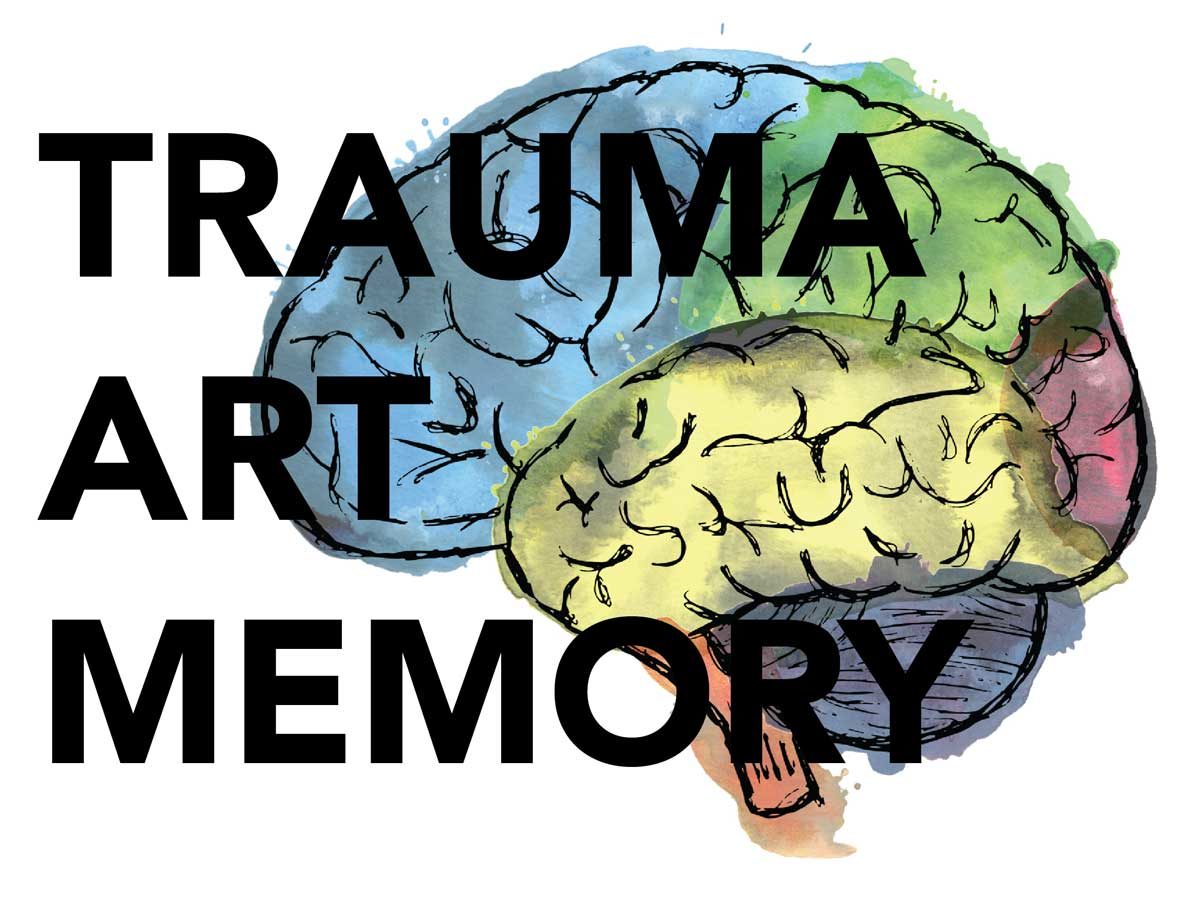David Graves
Adjunct Professor
Bristol Community College
Art and design educators often encourage students to use personal experience in their creative practice, and many artists use these experiences naturally, which often include traumatic memories. Through this process, art education implicitly utilizes techniques developed and used by art therapists, almost always without the formal training and education of an art therapist. How are these practices beneficial, and what are the potential risks of this kind of teaching/learning, specifically when the educator is not using these approaches intentionally? Is this mode of teaching exclusive to art and design, or can it be found ingrained in pedagogy throughout the Humanities, and beyond?
By understanding how memory works, and which parts of the brain are activated when recalling and talking about traumatic experiences versus creating work about those same traumatic experiences, we know that different biological responses are triggered. This includes the fight/flight/freeze response. Avoiding that trigger is the basis of many art therapy approaches, and is part of the appeal of creating art about trauma rather than talking about it. If we as art and design educators are utilizing this and other therapeutic approaches in our classrooms and studios, perhaps we would benefit from some formal training by professionals in the art therapy field.
This research was initiated by self-exploration into my art and design practice during my graduate studies, before ultimately exploring the experiences of others, in and outside of the creative fields. My research includes an exploration of the making process to cope with trauma, art therapy techniques in children and adults, as well as candid interviews with others about traumatic memory.
This research was presented at the Design Incubation Colloquium 6.1: Quinnipiac University on October 5, 2019.
